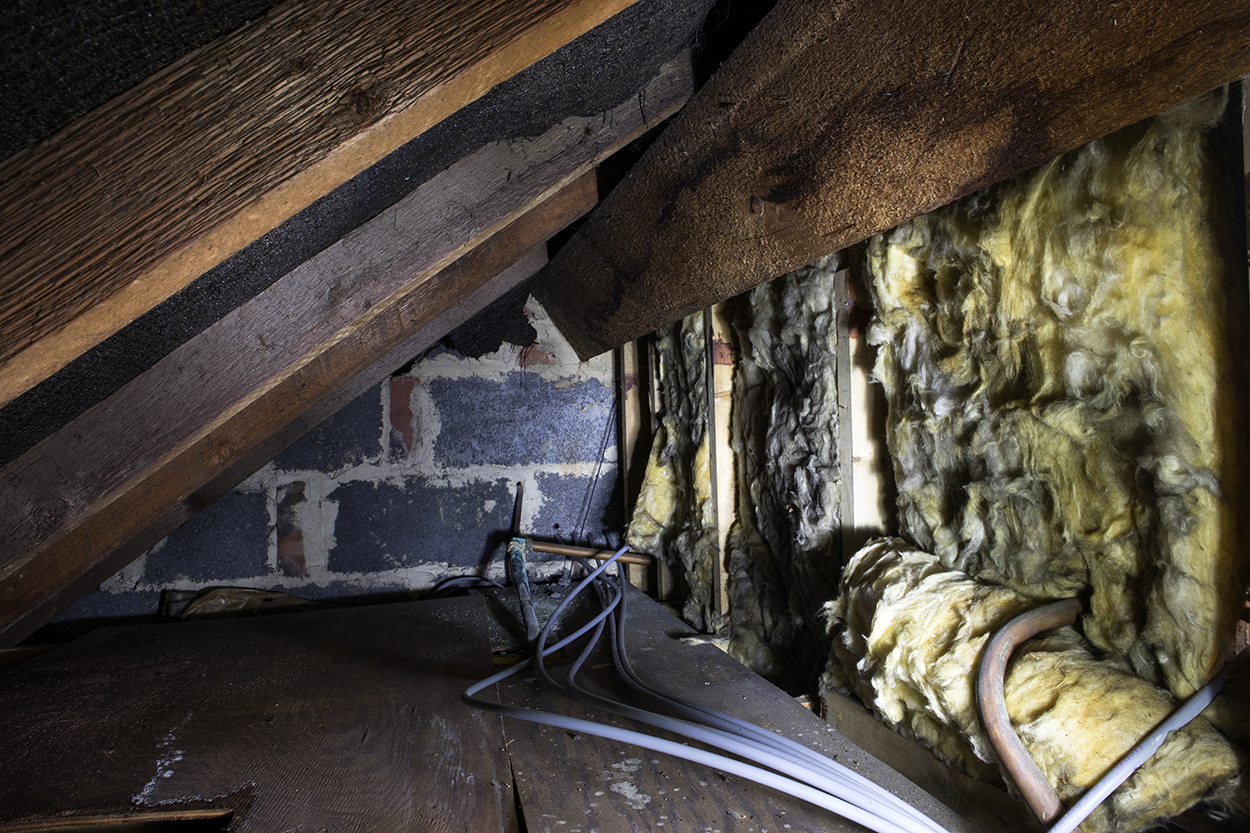Get A Free Legal Consultation
- We fight to maximize your results
- Many clients get results in as few as 90 days
- No out-of-pocket costs for you or your family



Asbestos exposure leads to a higher risk of developing mesothelioma. Simmons Hanly Conroy has represented hundreds of insulators who were diagnosed with mesothelioma as a result of their exposure to asbestos-containing insulation on the job.
Call (800) 326-8900 now to see if our asbestos attorneys can help your family secure compensation after a mesothelioma diagnosis. It costs nothing to speak with us.
Insulators are responsible for installing, maintaining and replacing thermal insulation materials used in conjunction with heating and process equipment at residential, commercial and industrial sites. This type of work puts insulators at an increased risk of asbestos exposure in comparison with other occupations.
Because of its high heat tolerance, asbestos was used in insulation for covering pipes, boilers, turbines, vessels, heat exchangers and other equipment. Until the 1980s, asbestos was a common component of various kinds of pipe covering, block insulation and insulating cement – all of which insulators worked in close contact with daily.
Asbestos insulation becomes particularly dangerous when it is disturbed during original construction, maintenance and demolition. To get the asbestos insulation into place, insulators first have to cut the insulation with handsaws and knives. Then, they seal insulated surfaces or access holes with plastic covers, canvas strips, sealants, tape, cement or asphalt mastic. Insulators also needed to mix asbestos-containing dry cement and drill into or tear out hardened asbestos materials, creating additional opportunities for high levels of exposure.

Because of the nature of their work, many insulators have been exposed to toxic asbestos, especially those insulators who worked between 1930 and 1970. Current insulators may still be at risk of asbestos exposure if they work with or around buildings, structures or machinery that was manufactured prior to the 1980s. Current insulators may also be at risk if they use defective respiratory equipment during abatement.
If you believe you or a loved one may have been exposed to asbestos as a result of occupational asbestos exposure, please fill out the form below to speak with an asbestos attorney about a potential case.